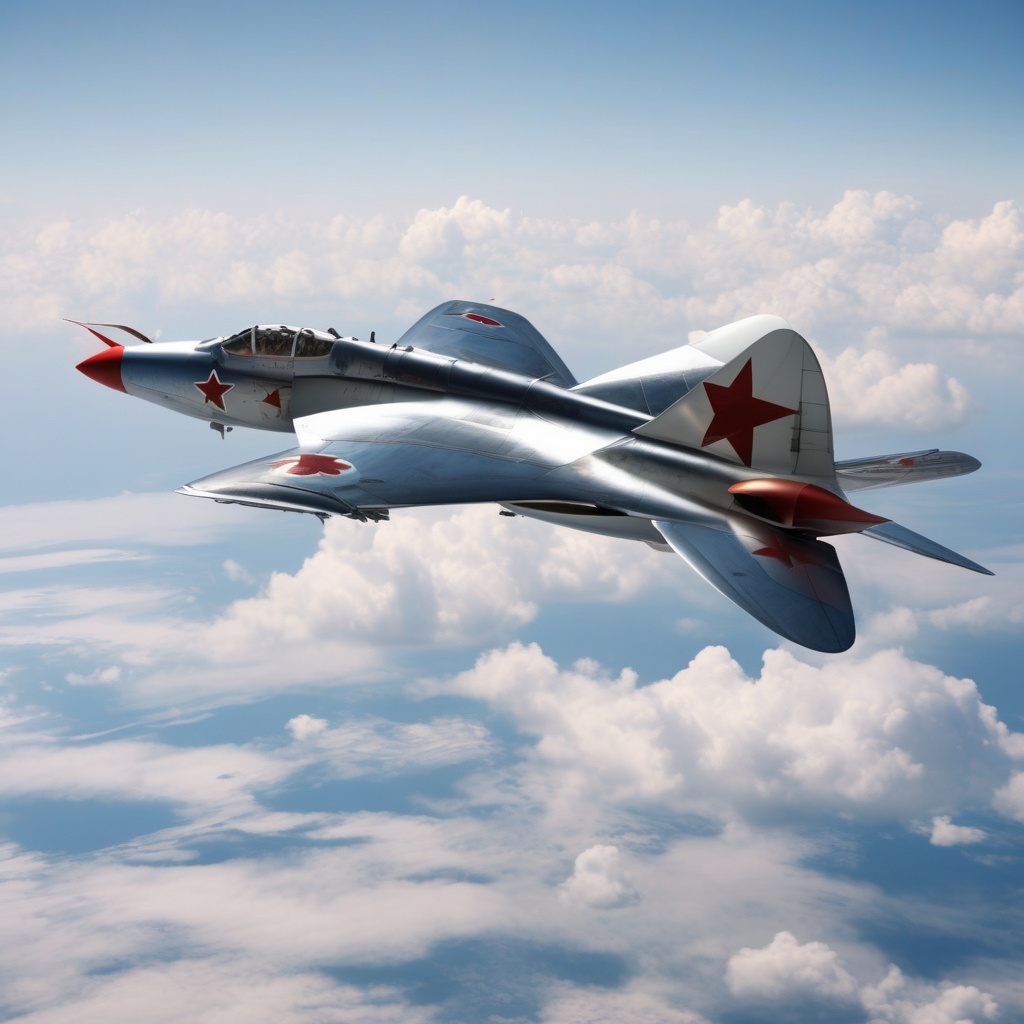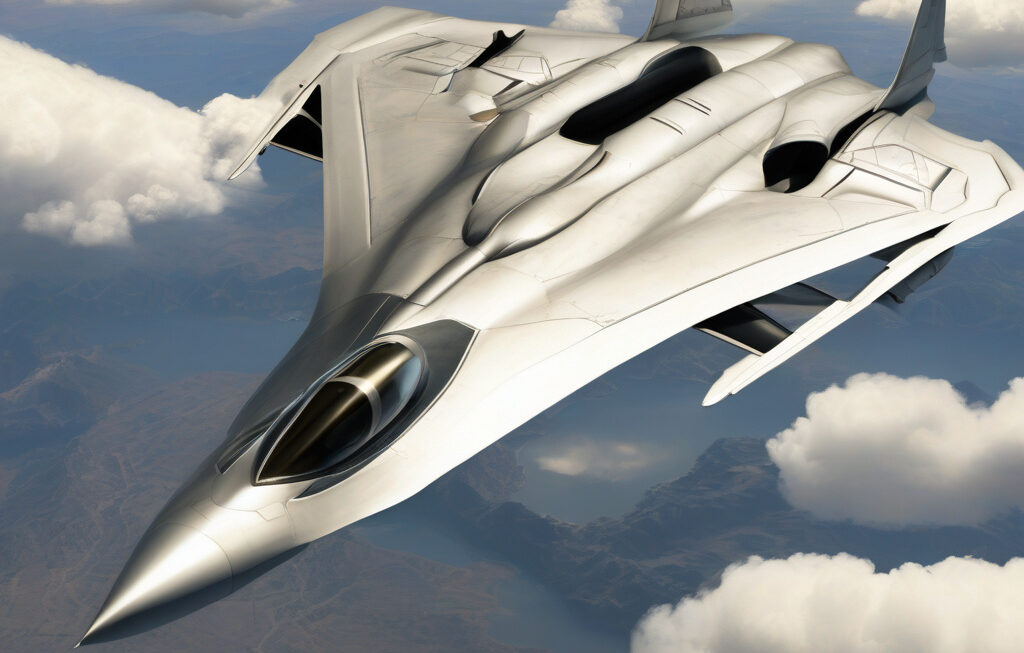“Reppu”: Japan’s Resurrection of a WWII Warbird into a Sixth-Generation Fighter
Japan plans to reborn its old World War II “Reppu” jet as a sixth-generation fighter. The innovative move by Japan’s defense industry aims to transform a historical failure into a symbol of cutting-edge technology. The resurrection of the “Reppu” reflects Japan’s commitment to pushing the boundaries of aviation and defense capabilities.
The “Reppu” fighter aircraft was originally designed during World War II but failed to see active service due to technical challenges and the changing tides of the war. Now, nearly eight decades later, Japan seeks to revive this aircraft with state-of-the-art technology and design principles to create a next-generation fighter that will rival the best in the world.
The new “Reppu” project represents a bold leap into the future of aerial warfare. By harnessing the latest advancements in materials, avionics, propulsion systems, and stealth technology, Japan aims to develop a fighter that is not only superior in performance but also showcases the nation’s engineering prowess on the global stage.
One of the key features of the sixth-generation “Reppu” will be its advanced stealth capabilities. Drawing upon Japan’s expertise in stealth technology, the aircraft is expected to have reduced radar cross-section and infrared signatures, making it harder to detect and track by enemy systems. This stealthy design will give Japanese pilots a decisive advantage in combat situations.
Moreover, the new “Reppu” will incorporate cutting-edge avionics and sensor fusion systems to provide pilots with unparalleled situational awareness and decision-making support. By integrating data from various sensors and sources, the aircraft will enable pilots to make split-second decisions in complex and dynamic operational environments.
In terms of propulsion, the sixth-generation “Reppu” is likely to feature advanced engines that offer increased thrust, fuel efficiency, and reliability. These engines will not only enhance the aircraft’s performance but also reduce its environmental footprint, aligning with Japan’s commitment to sustainability and green technology.
The development of the “Reppu” as a sixth-generation fighter underscores Japan’s ambition to strengthen its defense capabilities in the face of evolving security challenges. By investing in indigenous defense projects like the “Reppu,” Japan aims to reduce its reliance on foreign technology and enhance its self-sufficiency in defense production.
Furthermore, the resurrection of the “Reppu” carries symbolic significance for Japan, reflecting the nation’s ability to learn from history and turn past setbacks into future successes. By reviving a failed WWII warbird as a state-of-the-art fighter jet, Japan demonstrates its resilience, innovation, and determination to stay at the forefront of technological progress.
In conclusion, Japan’s decision to bring back the “Reppu” as a sixth-generation fighter represents a transformative step in the evolution of its defense industry. With advanced capabilities in stealth, avionics, propulsion, and sustainability, the new “Reppu” is poised to become a formidable asset for Japan’s air force and a testament to the nation’s engineering excellence.
#Japan, #Reppu, #SixthGenerationFighter, #AviationInnovation, #DefenseTechnology











